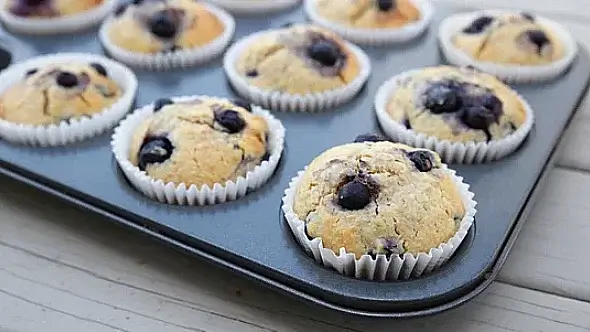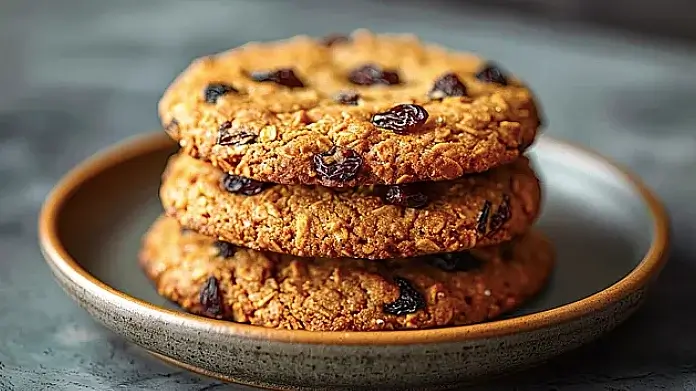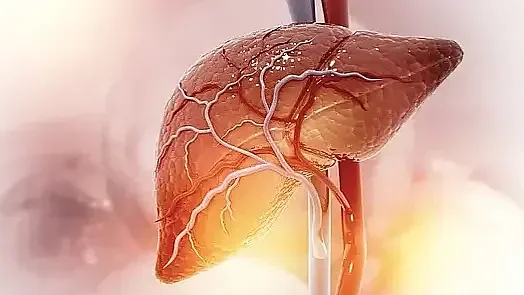How to Start a High-Fiber Diet for NAFLD

Fiber: A Cornerstone in NAFLD Management
Non-alcoholic fatty liver disease (NAFLD) is one of the most common chronic liver conditions globally, primarily driven by lifestyle factors such as poor diet and lack of physical activity. Introducing a high-fiber diet is fundamental in managing NAFLD. Fiber aids in regulating lipid metabolism, reducing insulin resistance, and mitigating liver inflammation—key components in the progression of NAFLD.
What Is NAFLD and How Does Fiber Help?
NAFLD encompasses a spectrum of liver abnormalities, from simple steatosis (fat accumulation) to non-alcoholic steatohepatitis (NASH), which includes inflammation and liver cell damage. Dietary fiber plays a pivotal role in NAFLD management by:
- Improving Lipid Profiles: Soluble fiber binds to bile acids, reducing cholesterol absorption.
- Enhancing Insulin Sensitivity: By slowing glucose absorption, fiber helps stabilize blood sugar levels.
- Reducing Inflammation: High-fiber diets promote healthier gut microbiota, which reduces systemic inflammation.
Research indicates that adequate fiber consumption can decrease hepatic inflammation markers and enhance liver function tests in NAFLD patients.
Starting a High-Fiber Diet: Key Considerations
1. Gradual Increase:
A sudden increase in dietary fiber can cause gastrointestinal discomfort. Begin by increasing fiber intake by 5 grams per day until reaching the recommended daily allowance (RDA):
- Men (under 50): 38 grams/day
- Women (under 50): 25 grams/day
- Men (over 50): 30 grams/day
- Women (over 50): 21 grams/day
2. Hydration:
Fiber absorbs water in the gastrointestinal tract; adequate hydration prevents constipation. Aim for 8-10 glasses of water daily.
3. Variety:
Include both soluble and insoluble fiber sources:
- Soluble Fiber: Found in oats, beans, lentils.
- Insoluble Fiber: Found in whole grains and vegetables.
Best High-Fiber Foods for NAFLD Patients
Legumes
Legumes like lentils, chickpeas, and black beans are rich in soluble fiber and resistant starch, both of which benefit gut health and reduce liver fat accumulation.
Whole Grains
Whole grains, such as oats, barley, and quinoa, are excellent sources of both soluble and insoluble fiber. Oats, in particular, contain beta-glucan, a soluble fiber that improves lipid profiles.
Vegetables
Non-starchy vegetables, including broccoli, Brussels sprouts, and spinach, are high in fiber and low in calories, making them ideal for weight management.
Fruits
Opt for fruits with edible skins and seeds, such as apples, pears, and berries, to maximize fiber intake. Berries are also rich in antioxidants, which help combat oxidative stress in the liver.
Nuts and Seeds
Chia seeds, flaxseeds, and almonds are nutrient-dense options that provide a combination of fiber, healthy fats, and antioxidants.
Planning Meals: Practical Tips for High-Fiber Intake
Breakfast
- Option 1: Oatmeal topped with chia seeds and fresh berries
- Option 2: Whole-grain toast with avocado
Lunch
- Option 1: Quinoa salad with black beans
- Option 2: Lentil soup with whole-grain crackers
Dinner
- Option 1: Grilled salmon with roasted Brussels sprouts
- Option 2: Stir-fried tofu with broccoli
Snacks
- Apple slices with almond butter
- A handful of unsalted nuts mixed with dried fruits
Overcoming Challenges in High-Fiber Diets
Digestive Discomfort
To mitigate bloating and gas:
- Gradually increase fiber intake.
- Pair high-fiber foods with fermented options like yogurt to support gut health.
Meal Preparation
- Solution: Batch cooking soups and stews rich in legumes and vegetables.
- Alternative: Use pre-washed and pre-chopped vegetables for convenience.
Taste Preferences
- Experiment with spices and herbs to enhance flavor.
- Incorporate a mix of textures, such as crunchy nuts with creamy soups.
Monitoring Progress
Weight Management
Fiber’s satiety-promoting properties aid in caloric control, a critical factor in NAFLD management.
Liver Enzyme Levels
Routine blood tests to monitor alanine transaminase (ALT) and aspartate transaminase (AST) can help assess the diet’s impact on liver health.
Gastrointestinal Health
Improved regularity and reduced bloating indicate effective adaptation to a high-fiber diet.
Professional Guidance and Support
Consult with a registered dietitian or hepatologist to tailor a high-fiber diet to individual needs. For patients with advanced liver disease, specific adjustments may be necessary to prevent complications such as hepatic encephalopathy.
Evidence Supporting Fiber’s Role in NAFLD
Recent studies underscore the efficacy of dietary fiber in NAFLD management:
- Gut Microbiota Modulation: Fiber enhances microbial diversity, reducing systemic inflammation linked to liver damage.
- Weight Reduction: High-fiber diets are associated with lower body mass index (BMI), which correlates with improved NAFLD outcomes.
- Lipid Reduction: Soluble fiber’s ability to lower triglycerides and LDL cholesterol directly benefits patients with fatty liver.
Common Misconceptions About Fiber and NAFLD
“Fiber is only important for bowel health.”
While fiber promotes gastrointestinal regularity, its systemic benefits—including improved lipid metabolism and reduced insulin resistance—are equally critical.
“High-fiber diets are difficult to maintain.”
With proper planning and gradual implementation, high-fiber diets can become a sustainable lifestyle change.
Conclusion
A high-fiber diet is a cornerstone of lifestyle interventions for NAFLD management. By gradually increasing fiber intake, focusing on diverse food sources, and addressing potential challenges, patients can achieve significant improvements in liver health. Consultation with healthcare professionals ensures that dietary changes align with individual medical needs.
Share this article

Dr. Irene Paragas, MD
I am a Medical Doctor, Registered Nutritionist-Dietitian, and seasoned virtual professional. See Full Bio.
-
1. Zelber-Sagi S, Lotan R, Buch A. Nutritional recommendations for NAFLD. Liver International, 2021.
-
2. Ferolla SM, et al. Benefits of dietary fiber in metabolic-associated fatty liver disease (MAFLD). Nutrients, 2022.
-
3. Zhang Y, Liu J, Chen M, Wang X, Li Z. Dietary fiber intake and non-alcoholic fatty liver disease: A systematic review and meta-analysis. Hepatology International, 2023.
-
4. Anderson JW, Baird P, Davis RH Jr, Ferreri S, Knudtson M, Koraym A, Waters V, Williams CL. Health benefits of dietary fiber. Nutrition Reviews, 2022.
-
5. Reynolds AN, Akerman AP, Mann J. Dietary fibre and whole grains in diabetes management: Systematic review and meta-analyses. PLoS Medicine, 2024.
-
6. Romero-Gómez M, Zelber-Sagi S, Trenell M. Treatment of NAFLD with diet, physical activity and exercise. Journal of Hepatology, 2023.
-
7. Hardy H, Harris J, Lyon E, Beal J, Foey AD. Probiotics, prebiotics and immunomodulation of gut mucosal defences: homeostasis and immunopathology. Nutrients, 2023.
-
8. Vajro P, Lenta S, Pignata C, Salerno M, D'Aniello R, De Micco I. Therapeutic options in pediatric non-alcoholic fatty liver disease: current status and future directions. Italian Journal of Pediatrics, 2023.
Oatmeal Raisin Cookies The first time I baked oatmeal raisin cookies, it was a rainy Sunday afternoon, and my mom, a firm believer in homemade over...
Daily Water Intake Calculator Water is often overlooked as a powerful tool in managing and preventing fatty liver disease, yet it plays a crucial role in...
Weight Management Quiz Weight management plays a pivotal role in addressing fatty liver disease. Balancing your weight not only supports liver...

You might enjoy more articles by
Dr. Irene Paragas, MD
 Disease
Disease Diets
Diets Recipes
Recipes Supplements
Supplements Management
Management Calculators
Calculators Quizzes
Quizzes Glossary
Glossary
























